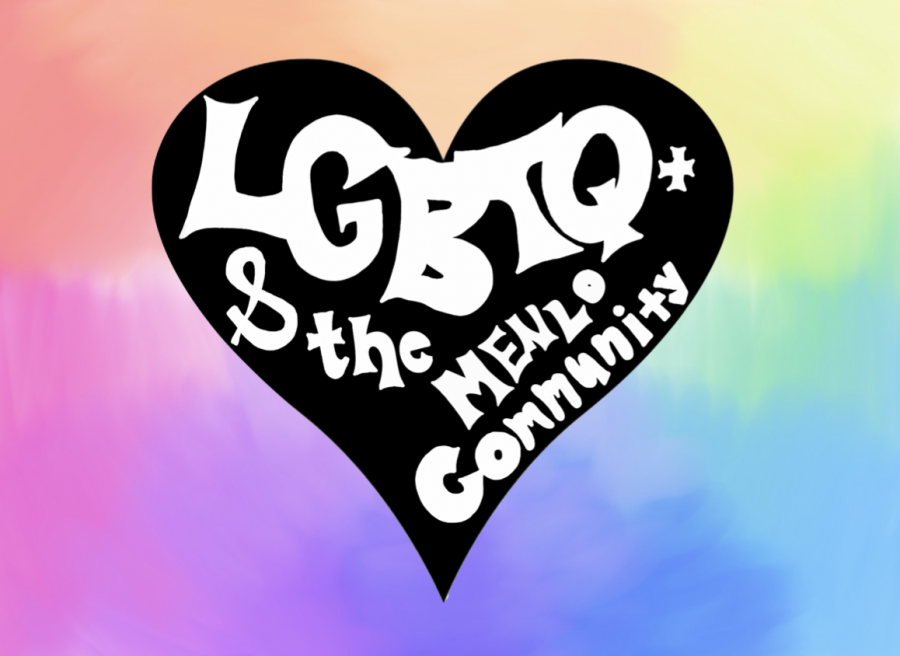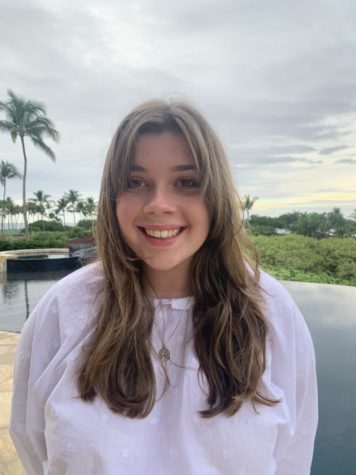The LGBTQ+ Experience at Menlo: LGBTQ+ in History and English at Menlo
December 8, 2020
Note: This story is the sixth in an eight-part package about the Menlo community and the LGBTQ+ experience. It also appeared in the December 2020 47.2 print edition of The Coat of Arms.
———
In 2011, according to The New York Times, California was the first state to require schools to teach LGBTQ+ history in schools, mandating that the contributions of members of the LGBTQ+ community be included in social science instruction and textbooks. Since then, three other states —Colorado, New Jersey and Illinois — have done the same, according to US News. According to research done in 2016 by the Gay Straight and Lesbian Education Network (GSLEN), a national advocacy group for LGBTQ+ students, just under a quarter of students say they have learned about LGBTQ+ related topics in their classes. Additionally, in seven states in the U.S., there are “no promo homo” laws, which explicitly prohibit the positive portrayal of homosexuality in schools, particularly in sexual education classes, according to NBC News.
At Menlo, inclusion of LGBTQ+ topics is often difficult to find in English and history classes, according to members of the Spectrum Club.
The Modern World History class that all freshmen are required to take and the Regular U.S. History and Advanced Placement U.S. History classes that sophomores take often do not have time to cover more than the set curriculum. “There is no sustained treatment of LGBTQ history in these curriculums,” history teacher Matthew Nelson said.
Although Nelson understands that history should not be taught with the interest of identity politics or with atomized social communities as the focus, he believes that history should be taught from the perspective of marginalized groups. “It’s really vital for us to reclaim those voices and center them in what we teach in schools,” Nelson said. In one of Nelson’s history classes, Modern Political Rhetoric, he spends more time covering LGBTQ+ history simply because he believes it is historically significant in political rhetoric. Although there are currently no plans moving forward about including more LGBTQ+ topics in the freshmen and sophomore history classes, Nelson feels confident that the department will move in that direction in the future.
Junior Emory Tudor, a member of Menlo’s Spectrum Club, believes that the freshmen and sophomore year history classes often ignore LGBTQ+ narratives. “I think when they say Modern World History, they really mean white European history, and when you get into European history, there is not going to be an LGBTQ+ narrative since it’s been suppressed for so long,” Tudor said.
In the English department, although the literature in the freshmen and sophomore curriculums do not have explicitly LGBTQ+ leads, many of the authors of books read are not heterosexual. Additionally, because many of the books read in English 1 and 2 are coming-of-age stories, there is often a larger conversation about sexuality and gender based on what the characters in the books experience. The English department also used to assign a book called “Fun Home” as part of the sophomore curriculum. “Fun Home” was a graphic novel that told the story of a lesbian protagonist. There were several scenes in the book that depicted a lesbian couple during intimacy and, according to the Upper School English Chair Margaret Ramsey, that was a nonstarter with the broader community. As a result, the book was ultimately taken out of the curriculum. Ramsey noted that the English department is dedicated to asking themselves how their books are representing their students and whether they are representative of experiences that students will have or things they are curious about, as well as how they can change the curriculum to reflect that.
Senior Langley Ward, co-president of the Spectrum Club, described that she felt there was little to no representation of the LGBTQ+ community in her English 1 and 2 classes. The most she remembered talking about sexuality and gender was a brief conversation while reading “The Great Gatsby” about the possibility of a character not being straight. “I think it would be beneficial, at least for people in the LGBTQ community, to read about people who are like them and who are complex rather than a stereotype or just a background character. It could give them an example of what good representation can look like for different communities,” Ward said.



